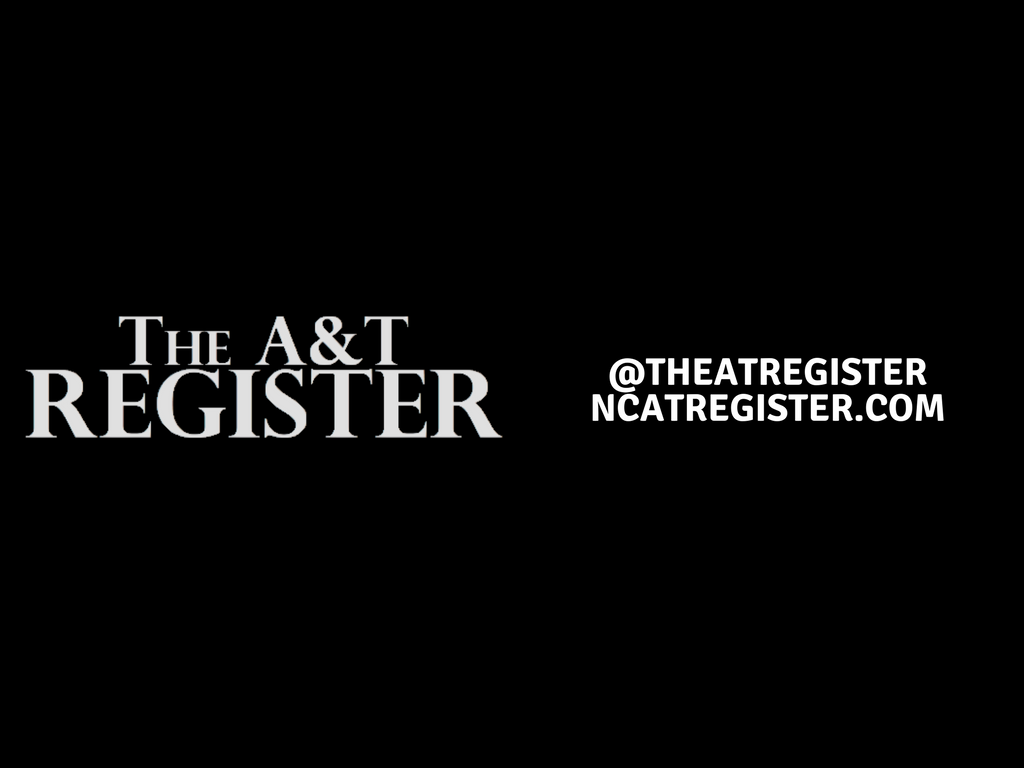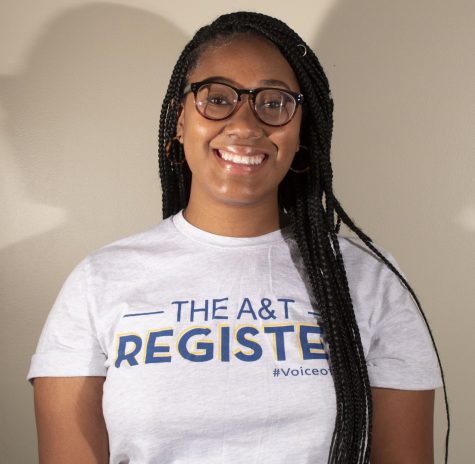Not too long ago, marketing focused on a prototypical consumer: a white, heterosexual, middle-class, Christian. Looking at most advertisements today, it’s obvious that not only has the ideological consumer become more relatable.
The country is rapidly becoming more diverse, with different preferences, beliefs and ideals spreading into smaller cities and tows.
However, are companies adapting to these changes for moral reasons or as a means of survival?
Around the 1980s, companies, universities and government agencies began to increase their marketing efforts around diversity and inclusion.
Many American businesses began to expand internationally, meaning companies had to compete both locally and nationally. Communities also began to celebrate differences rather than focusing on assimilation.
The sneaker giant, Nike, recently launched an ad campaign featuring Colin Kaepernick as the face of the 30th anniversary of its “Just Do It” slogan. Kaepernick tweeted “Believe in something, even if it means sacrificing everything. #JustDoIt,” with the words superimposed over an image of his face accompanied by the Nike swoosh.
Kaepernick was a quarterback for the 49ers, who sparked national debate after kneeling during the national anthem six years ago, protesting racial injustice and police brutality.
His protest caused outrage among many NFL players, fans and President Donald Trump, who has said that the act disrespected the American flag and the military. Others agreed with Kaepernick, praised him for his bravery and commended him for his social justice efforts.
Since the ad was launched, Nike has seen not only a increase in its social media platforms but sales have also skyrocketed, despite many customers vowing to boycott their products and even burning their gear.
The support outweighs the negative reactions, striking favorably with its core demographic: young African-American and Hispanic men.
It’s no secret that consumers are attracted to things in which they can identify.
Companies are finally noticing the huge spending power of minority groups.
The spending power of African-Americans is projected to reach $1.2 trillion by 2020, according the Nielsen.
Unfortunately, many are only using this information as a tactic to earn more money.
The fight for inclusivity and diversity will never be a simple one, and it’s alway going to be a push and pull between consumers and companies to include communities as a marketing strategy to fit the latest inclusive movements.








